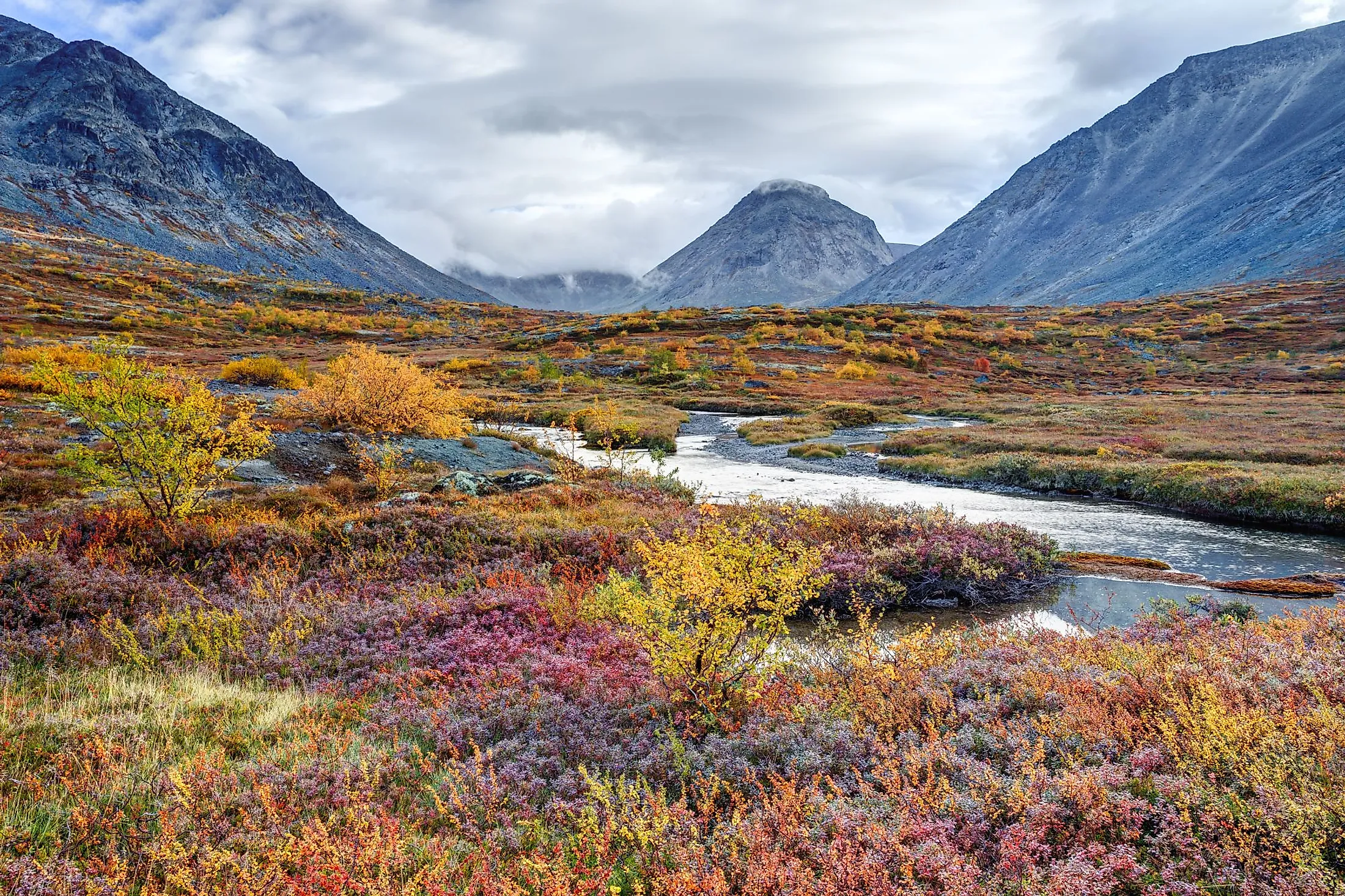
What Is The Tundra?
Tundra is a biome characterized by minimal precipitation, low temperatures, and treeless conditions. The term Tundra has been derived from a Russian word that means "treeless mountain tract." The tundra vegetation mainly comprises grasses, lichens, mosses, sedges, etc. Tundras are usually found in particularly cold and windy areas, with harsher conditions for both animal and plant life.
Where Can You Find Tundras?
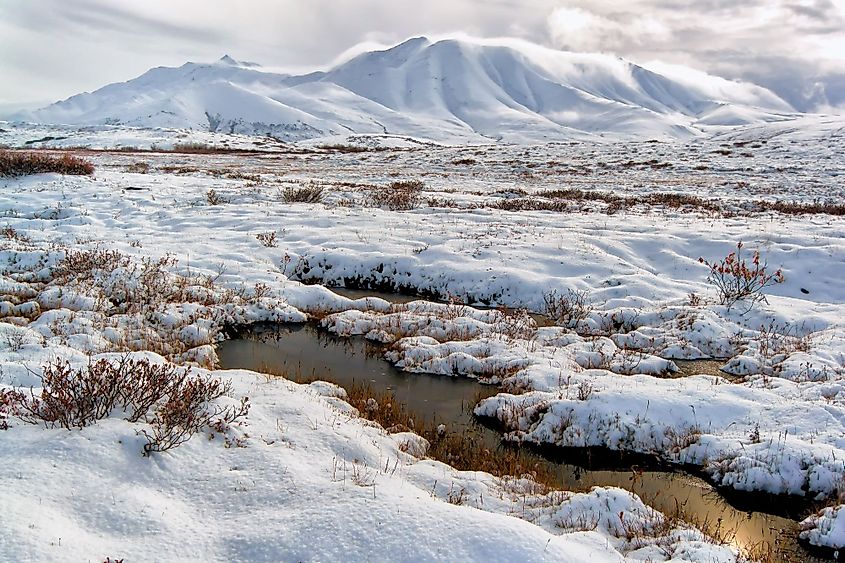
Tundras can be found in high-elevation areas, like at the tops of mountains or in very northern and southern latitudes. This includes the northern edges of North America, Europe, and Asia, as well as the southern edges of South America, Oceania, and much of the Antarctic.
Classification Of Tundra
Tundras are generally classified into one of the three categories. These include Arctic tundra, Antarctic tundra and Alpine tundra.
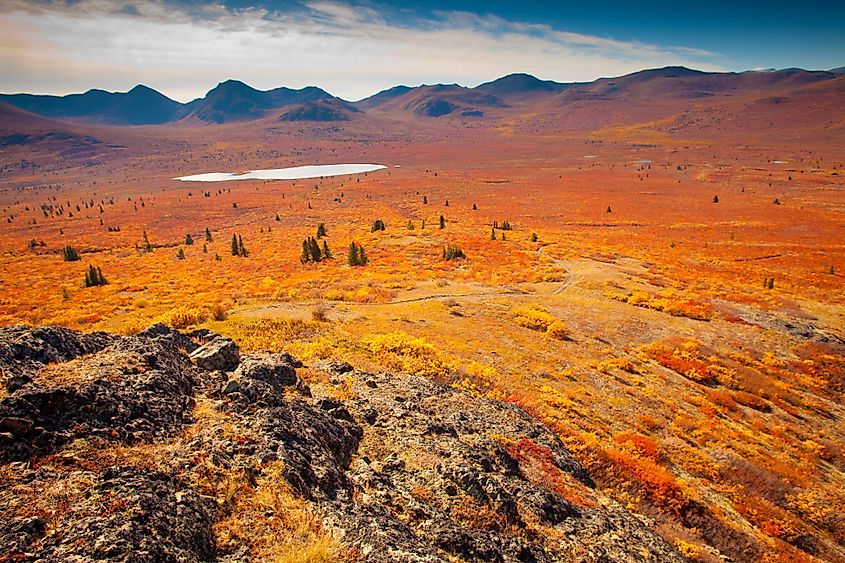
Arctic tundras are found in the faraway regions of the Northern Hemisphere, towards the North Pole. They are characterized by permafrost, i.e., frozen ground, and low-growing plants, such as hearty shrubs or grasses. These areas have an average temperature ranging from -34° Celsius to around -5° Celsius.
Antarctic tundras are located on the continent of Antarctica, on and around the South Pole, including the Kerguelen Islands and the southern portion of Georgia. These types of tundra are usually completely covered in ice.
Alpine tundras are distinct in that they are neither ice covered nor have a layer of permafrost. Despite this, they still have consistently cold temperatures and low-growth plant life. These types of tundra are located in Alpine mountain regions across multiple continents.
Plants And Animals That Live In The Tundra
The type flora and fauna that are found in the tundras depend on the area or classification of the tundra. Plants tend to have similarities and distinctions that make them stand out from other ecosystems. Trees do not grow in the tundra, and most vegetation is low-growth.
Arctic Tundra
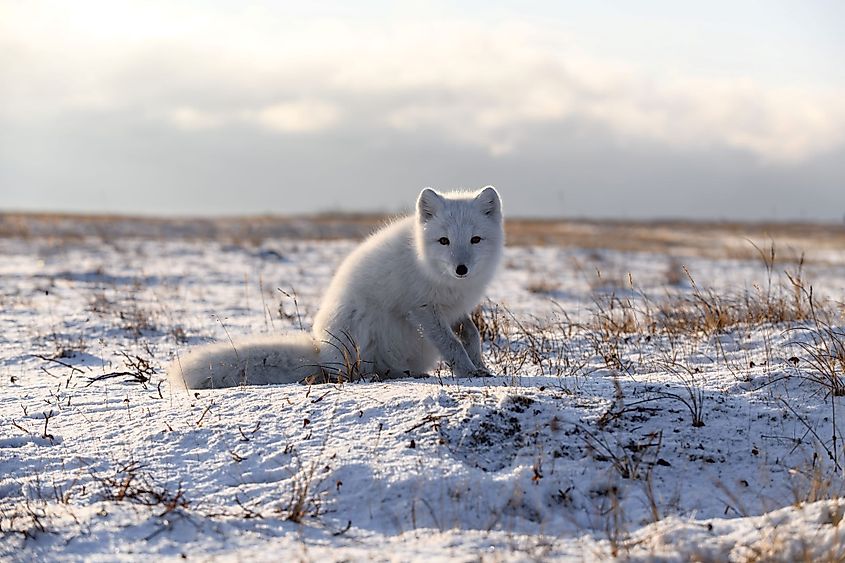
There is a growing season of between 50 and 60 days in the Arctic Tundra. This season coincides with periods of long sun exposure. Plants in this region must also be able to grow despite permafrost - which means a thick layer of frozen ground - as well as low levels of precipitation. Despite these factors, low shrubs and various kinds of moss and lichen do grow. Common plants in the Arctic tundra include Arctic Moss, Caribou Moss, Cotton Grass, Labrador Tea, Arctic Willow, and the Arctic Poppy. Animals that live in these regions include polar bears, arctic foxes, gray wolves, caribou, musk oxen, and snow geese.
Antarctic Tundra
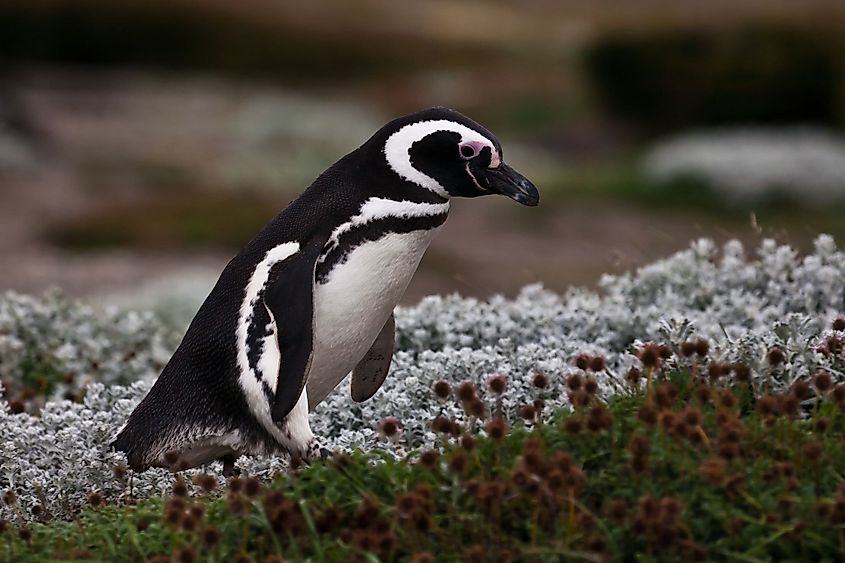
Like other tundras, no trees grow in the Antarctic tundra; however, there are also no shrubs. The low temperatures, decreased sunlight, short growing period, low levels of precipitation, and poor soil quality are all factors that make it difficult for most plants to survive. Only two species of flowering plants have been recorded: the Antarctic pearlwort and the Antarctic hair grass. Hundreds of varieties of moss and lichens thrive in this area, as well as an extensive range of liverwort. Animals that live in the Antarctic tundra include a range of marine life, such as penguins, whales, orcas, seals, and many types of Antarctic birds, such as petrels, terns, and other seabirds.
Alpine Tundra
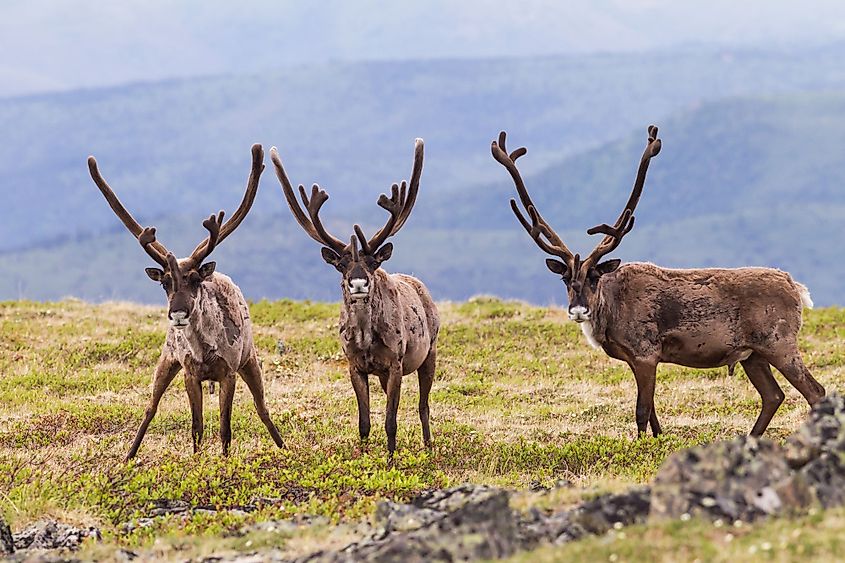
Alpine tundra tends to grow in sheltered areas amongst the rocky terrain. Rock depressions, cracks, and basins tend to be warmer, collect more precipitation, and are protected from harsh winds. Most vegetation in these tundras is extremely tough and can withstand extreme climates and high altitudes. Cushion plants, hardy flora, mosses, and lichens are all common here. Moss campion, dwarf shrubs, tussock grasses, lupins, and heaths can all be found in alpine regions. Animals that thrive in this type of tundra include: marmots, pikas, mountain goats, sheep, elk, snow leopards, bears, and a wide range of birds can be found in alpine tundras, depending on the continent or region.
Environmental Threats To Tundra
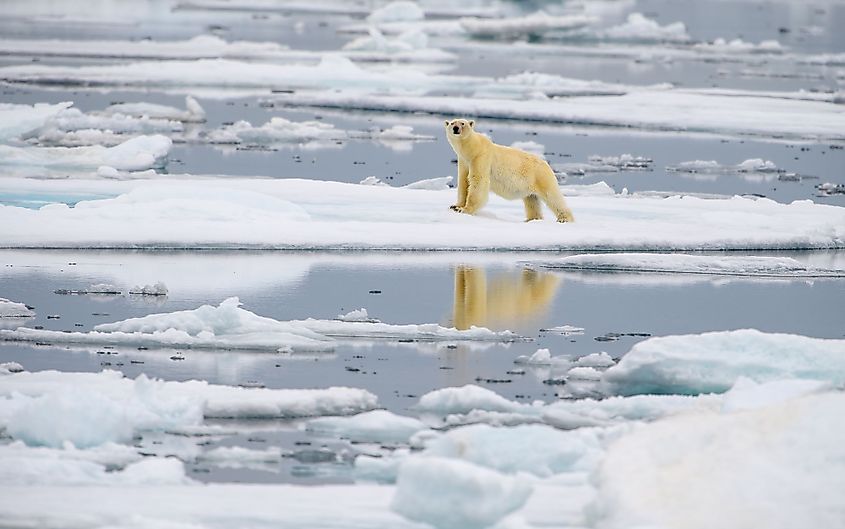
Unfortunately, tundras have come under threat in recent years in large part due to climate change. These impacts are far-reaching and changing but have already been seen in polar regions such as tundras and alpine ecosystems. As temperatures change globally, one of the most significant issues is the warming of the areas around the poles. Polar ice caps are shrinking and melting, and places that used to experience permafrost are beginning to thaw. This affects both plant and animal life in these areas and throws off many delicate ecosystems, creating ripple effects across surrounding areas.
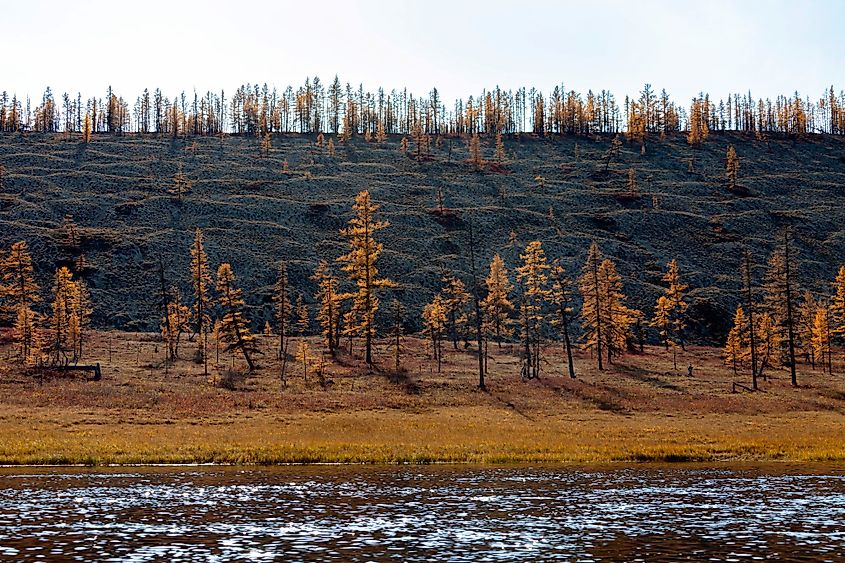
The permafrost generally measures around 450 meters from the surface down through layers of frozen soil and dead plants. In some parts of the Arctic, the ground is frozen year-round, while in more southern areas, the top layers experience summer melt, an important factor in sustaining both plant and animal life. As temperatures around the poles warm, this thawing period is longer and extends further into the fall period - when the ground usually starts to freeze again. This is causing big changes in terms of the vegetation that can grow in these areas. Plants - especially larger, taller plants - that could not survive the short thaw period are beginning to grow in these regions. This causes issues for other plant life and can affect animals in terms of changing their habitats and migration habits. As habitats change or territories shift, animals may find themselves competing with new species for homes, prey, or shelter.
In turn, the melting of the permafrost is further negatively contributing to climate change. The frozen ground has large quantities of frozen carbon and methane - major contributors to climate change. As the ground melts, massive amounts of these natural gasses are released into the atmosphere, further speeding up the global warming process. The tundra was once one of the Earth’s largest carbon sinks, which regulated the flow of carbon through the planet, but as the area warms and melts, it can no longer contain carbon in the same way it once did.











